Martian Meteorites
Part of Hall of Meteorites.
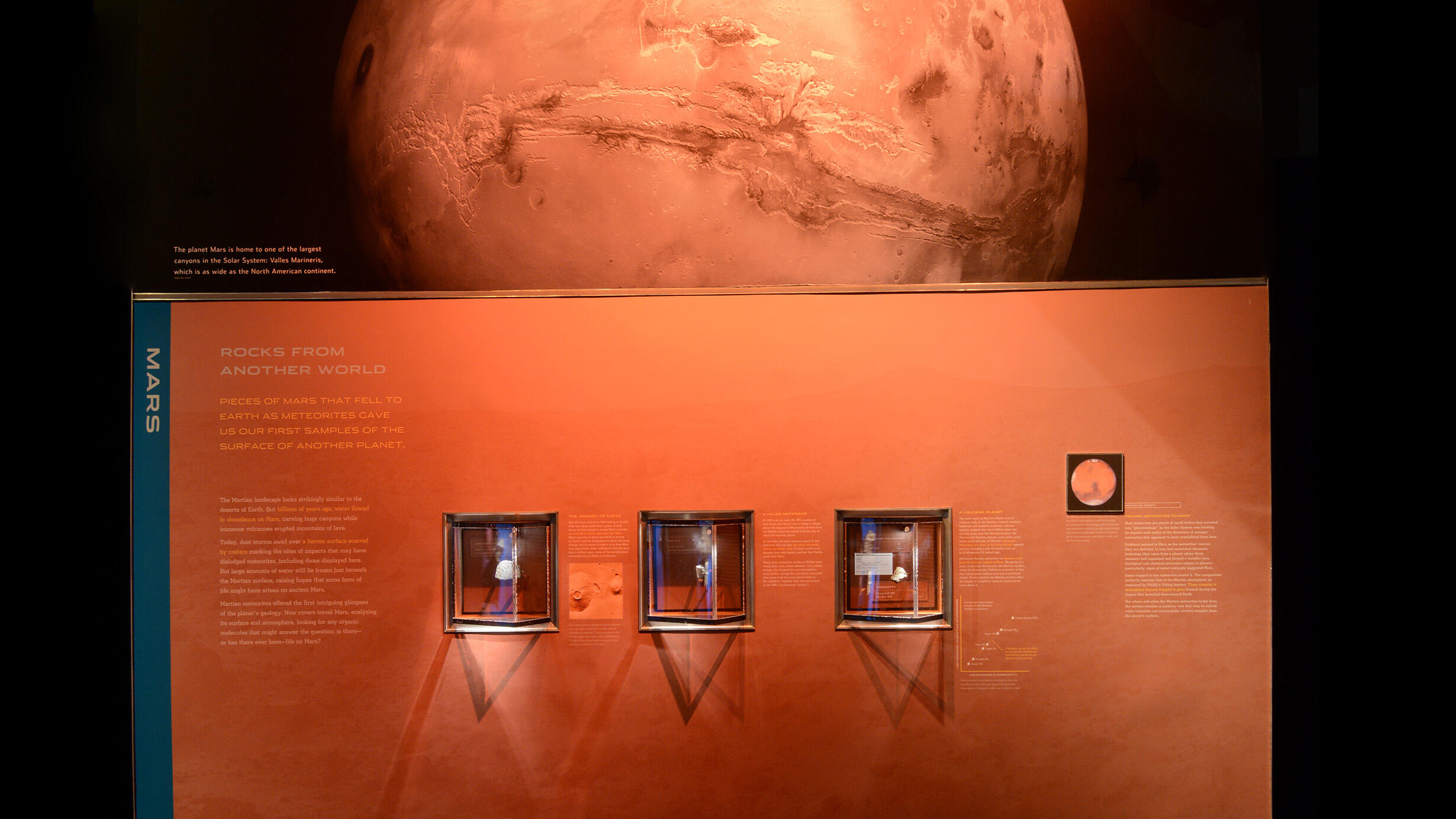 C. Chesek/©AMNH
C. Chesek/©AMNH The Martian landscape looks strikingly similar to the deserts of Earth. But billions of years ago, water flowed in abundance on Mars, carving huge canyons while immense volcanoes erupted mountains of lava.
Today, dust storms swirl over a barren surface scarred by craters marking the sites of impacts that may have dislodged meteorites, including those displayed here. But large amounts of water still lie frozen just beneath the Martian surface, raising hopes that some form of life might have arisen on ancient Mars.
Martian meteorites offered the first intriguing glimpses of the planet’s geology. Now rovers travel Mars, analyzing its surface and atmosphere, looking for any organic molecules that might answer the question: is there—or has there ever been—life on Mars?
The Journey to Earth
How did these rocks from Mars end up on Earth? Only one thing could send a piece of rock flying out fast enough to escape Mars's gravity: an asteroid or comet slamming into Mars. Mars's gravity is about one-third as strong as Earth's, and its atmosphere is about 125 times thinner, so it is easier to eject a rock from Mars than from Earth. After orbiting the Sun for more than a million years, some of the ejected pieces eventually struck Earth as meteorites.
Calvin J. Hamilton
A Killer Meteorite
At 9 am on June 28, 1911, a series of loud bangs was heard over a village in Egypt. About 40 kilograms (88 pounds) of rock from the Nakhla meteorite rained from the sky in about 40 separate pieces.
At the time, the most unusual aspect of this meteorite fall was that one piece reportedly struck and killed a dog. It wasn’t until seven decades later that anyone realized that Nakhla came from Mars.
When more meteorites similar to Nakhla were found, they were called nakhlites. Two related groups, the shergottites and chassignites, were similar enough that scientists concluded they came from the same parent body as the nakhlites. Together they became known as the SNCs (pronounced “snicks”).
A Volcanic Planet
The outer layer of Mars is a thick crust of volcanic rock. In the heavily cratered southern highlands and northern lowlands, volcanic activity stopped over three billion years ago. But two areas near the Martian equator, the Tharsis and Elysium regions, were active until much more recently. In Tharsis, volcanoes taller than any other in the solar system spewed out lava, building a pile of basaltic rock up to 18 kilometers (11 miles) high.
All known Martian meteorites are igneous rocks from the volcanic regions of Mars. Shergotty is a piece of lava that flowed onto the Martian surface, while the Governador Valadares meteorite is lava that was trapped underground and crystallized slowly. It only reached the Martian surface when the impact of a comet or asteroid shattered the crust above it.
©AMNH
Tracing Meteorites to Mars
Most meteorites are pieces of small bodies that accreted into "planetesimals" as the solar system was forming. So experts took notice of the discovery of younger meteorites that appeared to have crystallized from lava.
Evidence pointed to Mars as the meteorites’ source: they are deficient in iron and associated elements, indicating they came from a planet where these elements had separated and formed a metallic core. Geological and chemical processes unique to planets—particularly, signs of water—strongly suggested Mars.
Gases trapped in the meteorites sealed it. The composition perfectly matches that of the Martian atmosphere as measured by NASA’s Viking landers. These samples of atmosphere became trapped in glass formed during the impact that launched them toward Earth.
But where and when the Martian meteorites broke from the surface remains a mystery—one that may be solved when scientists can successfully retrieve samples from the planet’s surface.
NASA
In This Section
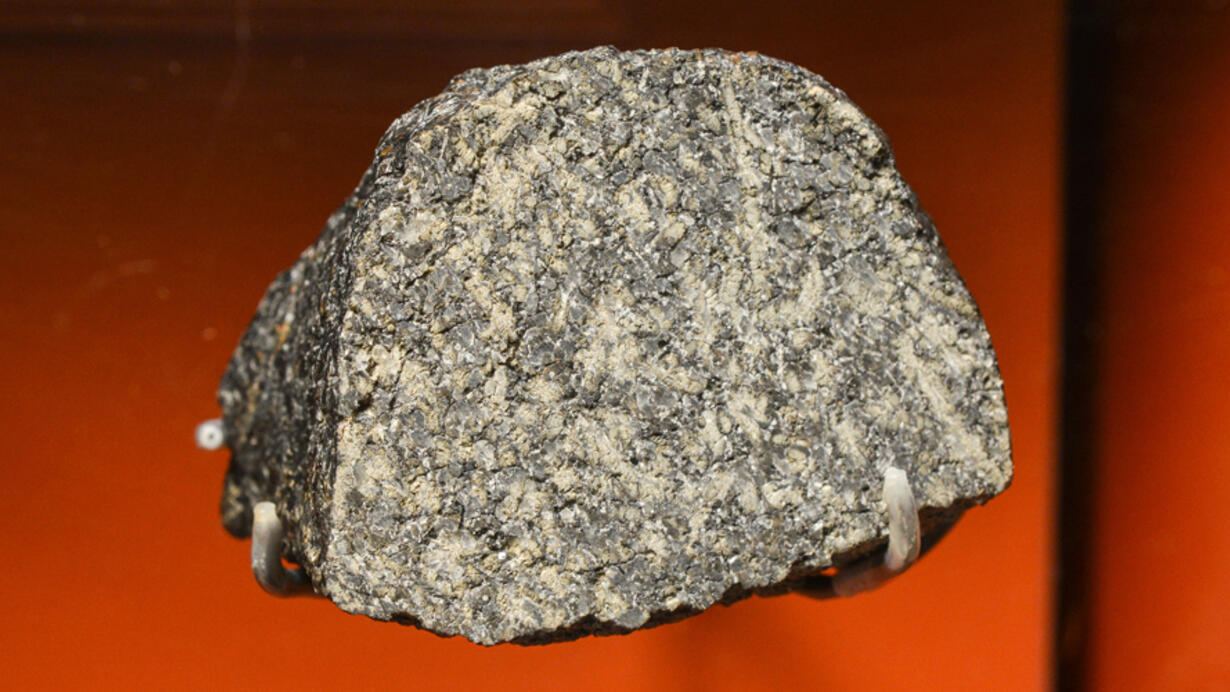
Los Angeles
LOS ANGELES
Found October 30 1999, Los Angeles County, California, USA
SHE
AMNH 5013
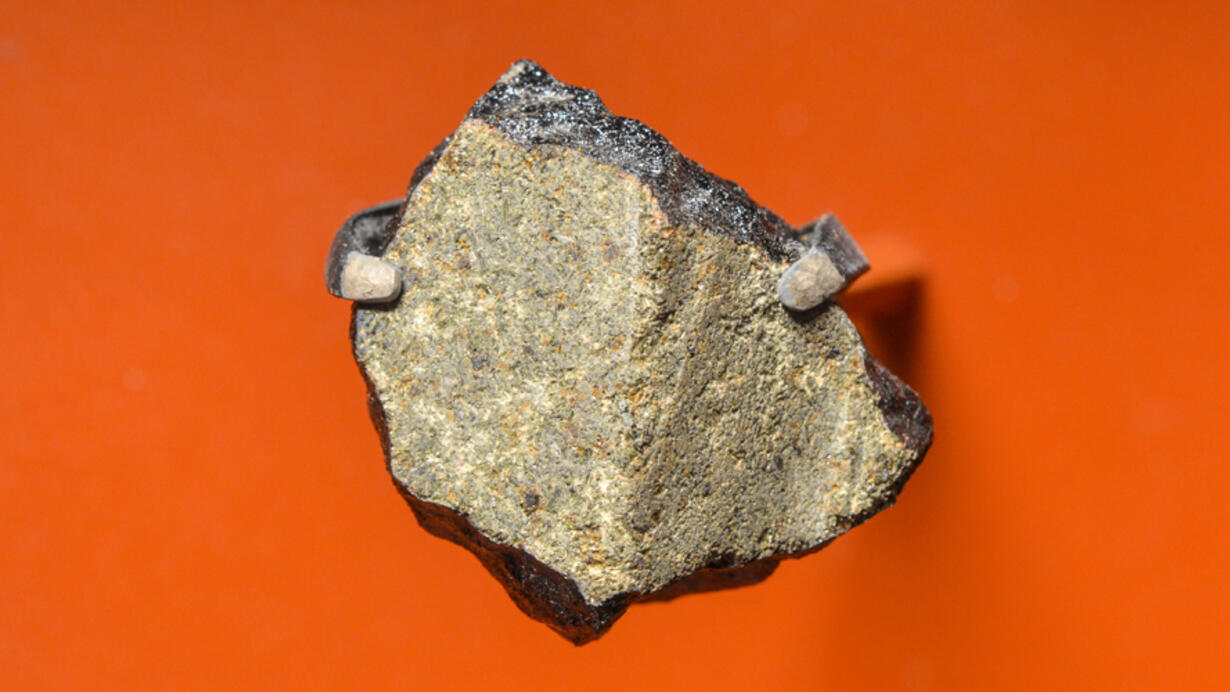
Nakhla
NAKHLA
Fell June 28 1911
Abu Hommos, Alexandria, Egypt
nak
AMNH 3887
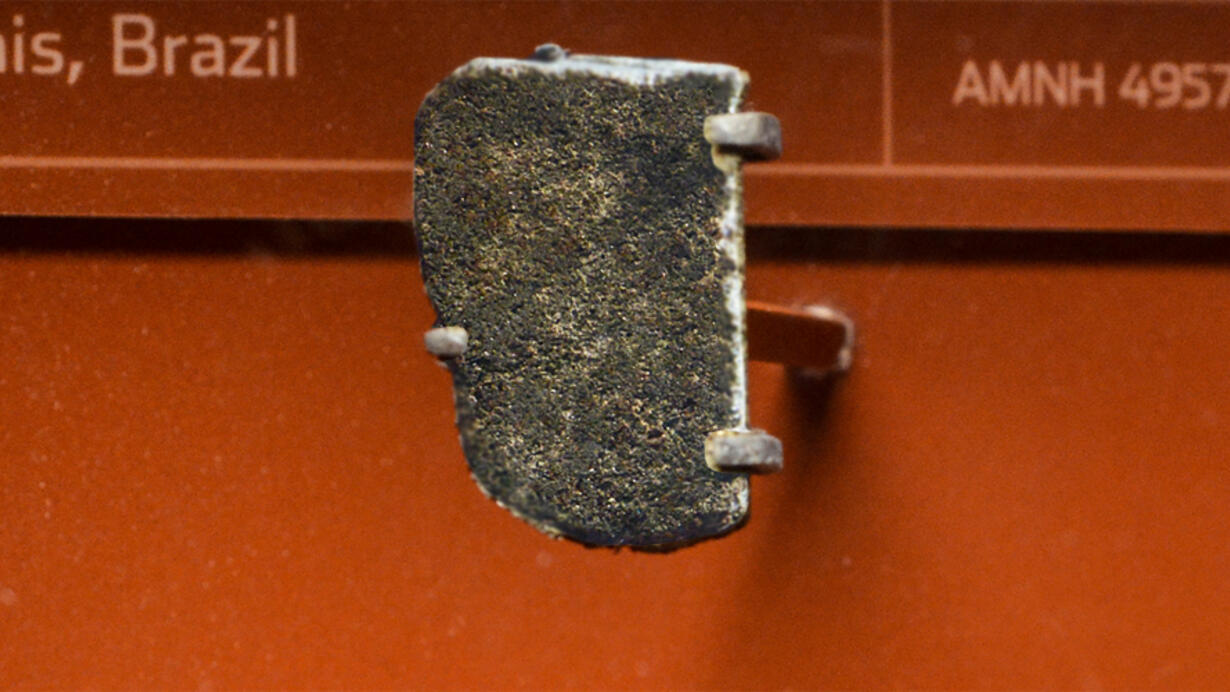
Governador Valadares
GOVERNADOR VALADARES
Found 1958 Minas Gerais, Brazil
NAK
AMNH 4957
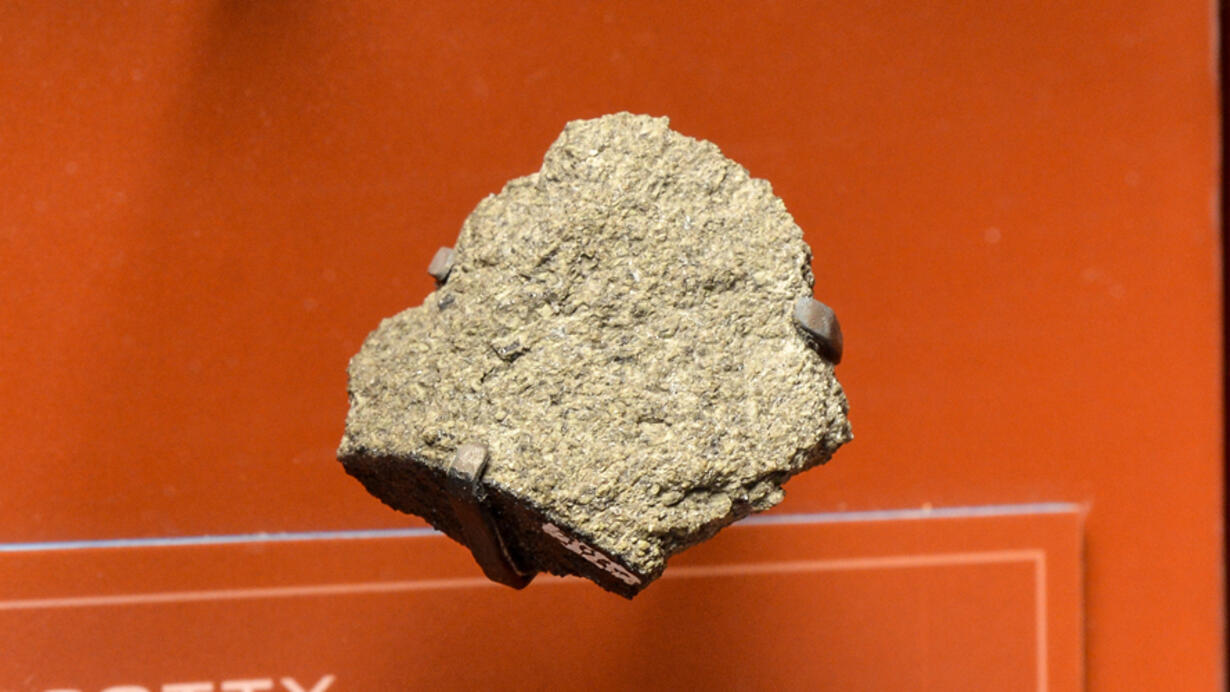
Shergotty
SHERGOTTY
Fell August 25, 1865
Gaya, Bihar, India
SHE
AMNH 3937